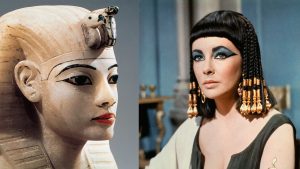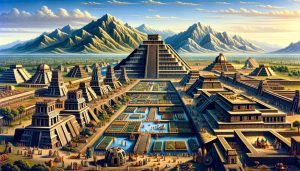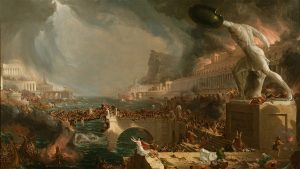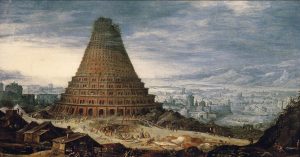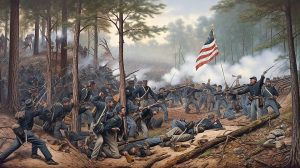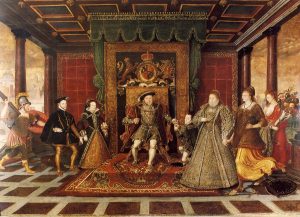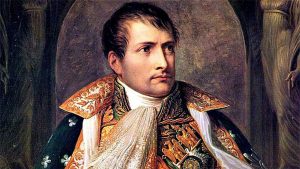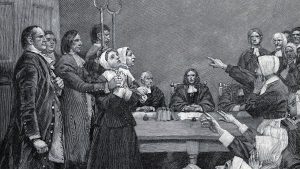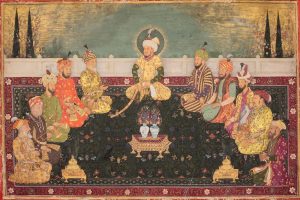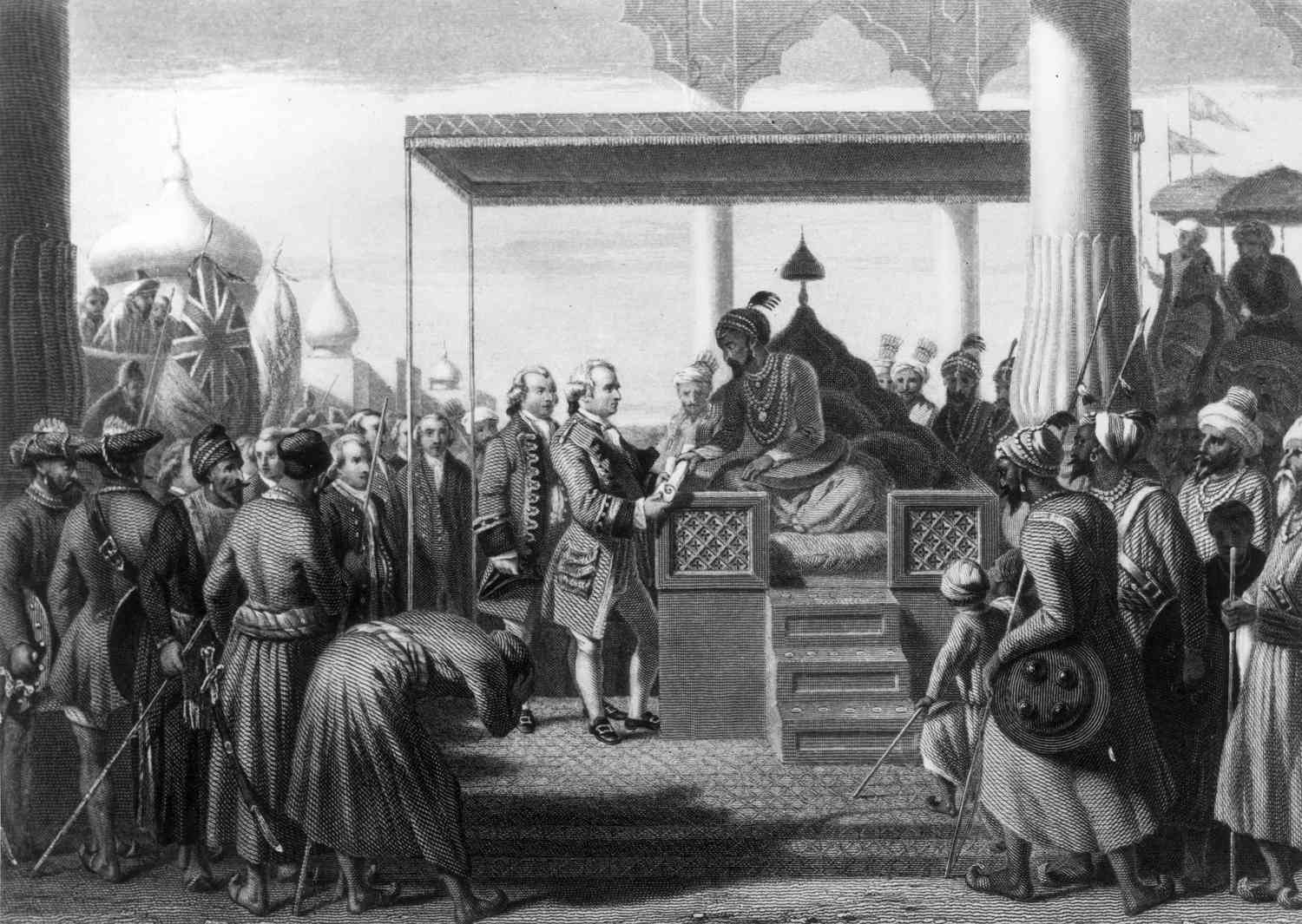
35 interesting facts about Gunpowder Empires
- 👁️ 11135
The term “Gunpowder Empires” describes three of the most powerful empires in the history of the Islamic world: the Ottoman, Safavid, and Mughal empires. These empires expanded and consolidated their power largely through the innovative use of gunpowder in weaponry, fundamentally changing the nature of warfare in the 16th and 17th centuries. Their mastery of the technology marked a significant period in military history, aligning with changes in administration and culture. These empires not only shared advancements in military technology but also fostered significant artistic, architectural, and scientific developments. Here are 35 fascinating facts about the Gunpowder Empires that underscore their historical significance and enduring legacies.
- The term “Gunpowder Empire” was first popularized by historian Marshall G.S. Hodgson.
- These empires were among the first to successfully use cannons and firearms on a large scale in warfare.
- The Ottoman Empire was founded at the end of the 13th century and lasted until the early 20th century.
- The Safavid Empire emerged in Persia in the early 16th century and lasted until 1736.
- The Mughal Empire was established in India in 1526 by Babur, a descendant of Timur and Genghis Khan.
- Gunpowder technology likely reached the Ottoman Empire by the late 14th century.
- The Battle of Chaldiran in 1514 demonstrated the effective use of firearms by the Ottomans against the Safavids.
- The Ottomans conquered Constantinople in 1453, using large cannons to breach the city’s walls, marking the end of the Byzantine Empire.
- The Safavid Empire established Shi’a Islam as the state religion, differentiating it from the predominantly Sunni Ottoman Empire.
- The Mughals introduced efficient systems of administration, influencing the subsequent structure of Indian government.
- The iconic architecture of the Mughal Empire includes the Taj Mahal, built by Emperor Shah Jahan.
- The Ottomans were known for their architectural contributions, including the development of the mosque complex and advancements in public buildings.
- Safavid architecture featured large domes and expansive bazaars, notably seen in the Sheikh Lotfollah Mosque in Isfahan.
- The Ottoman Empire was instrumental in the cultural and architectural development of Istanbul, previously Constantinople.
- The use of gunpowder allowed these empires to create large standing armies.
- The Ottomans developed one of the earliest examples of a centralized and organized military production system.
- The Mughal Empire implemented a bureaucracy that included a system of appointed officials overseeing various regions.
- Firearms and artillery became symbols of power and authority in these empires.
- The Safavids were notable for their promotion of arts, including Persian miniature painting and beautifully woven Persian carpets.
- The Ottomans were pioneers in the use of muskets and were among the first to employ them in infantry tactics.
- Gunpowder technology facilitated the expansion of the Mughals into the Indian subcontinent, overpowering local rulers with superior firepower.
- Coffee and tulip were introduced to Europe through the trade networks of the Ottoman Empire.
- The Janissaries, elite infantry units of the Ottoman army, were crucial in the empire’s military campaigns.
- The Safavids centralized their empire by converting the diverse population of Persia to Shia Islam, which helped solidify their rule.
- The Mughal Empire’s revenue system was so efficient that it later influenced the British colonial administration.
- The Ottomans are credited with developing one of the earliest forms of a postal service.
- The Safavids are known for establishing Isfahan as a major cultural and economic hub.
- The Mughals made significant advances in literature, producing works in both Persian and the emerging Urdu language.
- Ottoman cartographers created some of the most detailed maps of their time.
- Gunpowder weapons facilitated the Ottoman naval victories in the Mediterranean.
- The Safavid Empire was unique in its conversion to Shi’ism from a predominantly Sunni Muslim context, which was a significant shift in Islamic history.
- The Mughal emperors patronized arts that included a synthesis of indigenous Indian styles with Persian influences.
- The decline of these empires was partly due to the inability to keep up with Western advances in military technology.
- The legacy of these empires continues to influence modern borders and ethnic compositions in Southwest Asia.
- They introduced administrative techniques and military tactics that influenced empires around the world for centuries.
The Gunpowder Empires wielded enormous influence in the Islamic world and beyond, bringing about significant military, cultural, and political changes. Their innovative use of gunpowder in warfare allowed them to develop vast empires that contributed richly to the cultural and political fabric of their regions. Their legacies, evident in architectural wonders, sophisticated administrative systems, and rich cultural traditions, continue to be studied and admired for their profound impacts on history. This exploration of their achievements offers a glimpse into the ingenuity and power of these formidable empires.

